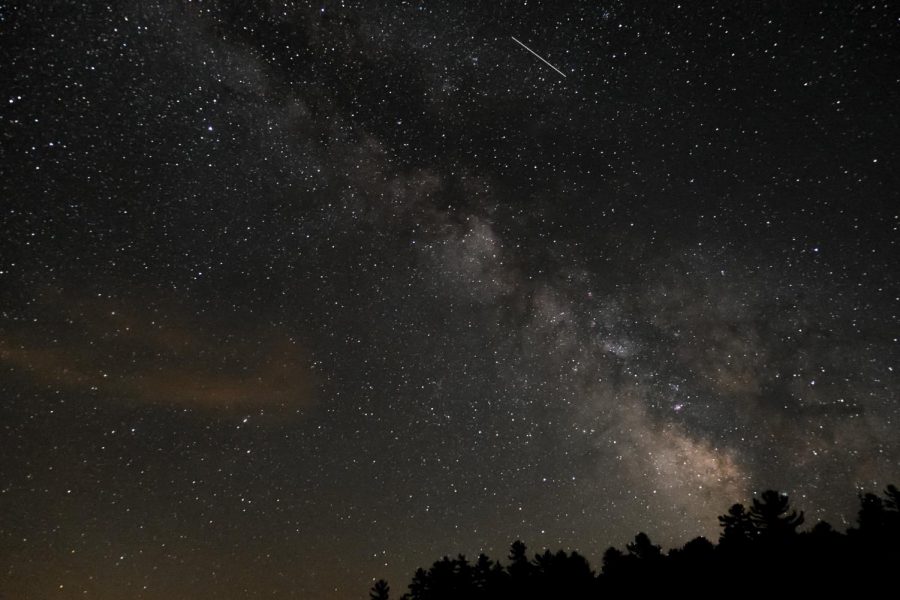Delta Aquariid and Perseid meteor showers offer summer sky watchers plenty of shooting stars
The Delta Aquariids and Perseids meteor showers should produce plenty of shooting stars
July 10, 2021
Be sure to get your list of wishes ready, as the first of two major summer meteor showers, the Delta Aquariid meteor shower, should begin Monday.
Christopher Boan reported for Patch that the Delta Aquariids won’t peak until July 29, when the event could produce around 20 meteors per hour. The full moon on July 24 will unfortunately make viewing more difficult for a few days near the peak.
Delta Aquariid meteors should continue to be visible until around Aug. 23.
The best time to see Delta Aquariid meteors is reportedly between midnight and dawn.
During the Delta Aquariids, the most active meteor shower of the summer, the Perseids, will begin July 17 and continue through around Aug. 24. Just a sliver of waxing crescent moon during the peak of activity on Aug. 11-12 should afford nearly ideal viewing conditions.
According to in-the-sky.org, the radiant point of the Perseids shower is in the constellation Perseus. Whenever the group of stars is above the horizon, meteors should be visible. However, the maximum rate of visible meteors will occur when the constellation is highest in the sky – just before dawn.
During the peak of the Perseids, sky watchers could see upwards of 100 meteors per hour. Known as zenithal hourly rate (ZHR), this figure increases when the sky is darkest and the radiant point is directly overhead.
Some tips for seeing the most shooting stars include getting away from residual city lights.
View from a reclined position or lying on your back.
Avoid disrupting your night vision by looking at your phone or other light sources.
Concentrate on a dark spot in the sky 30-40 degrees away from the radiant source.












